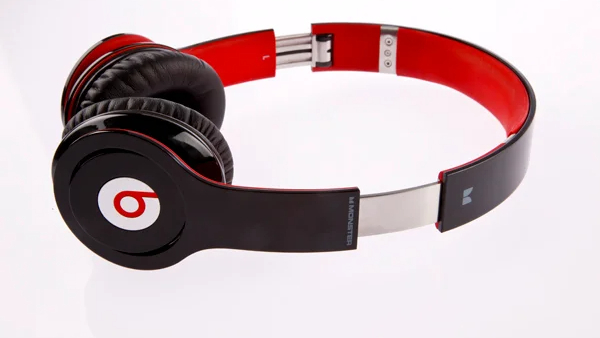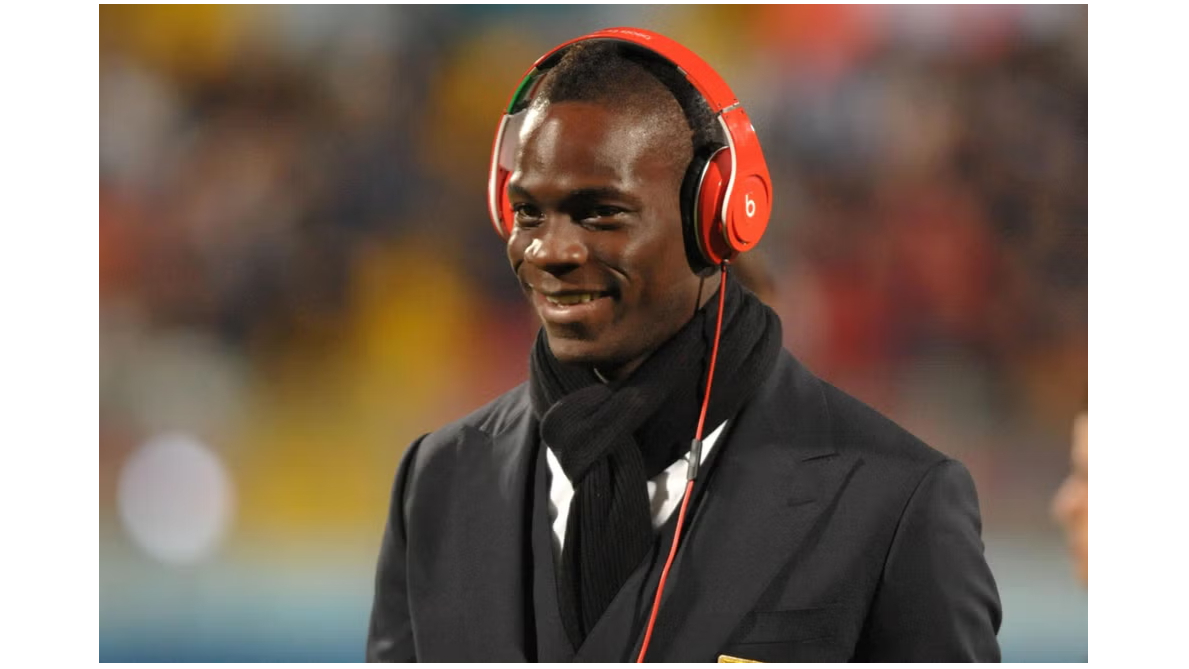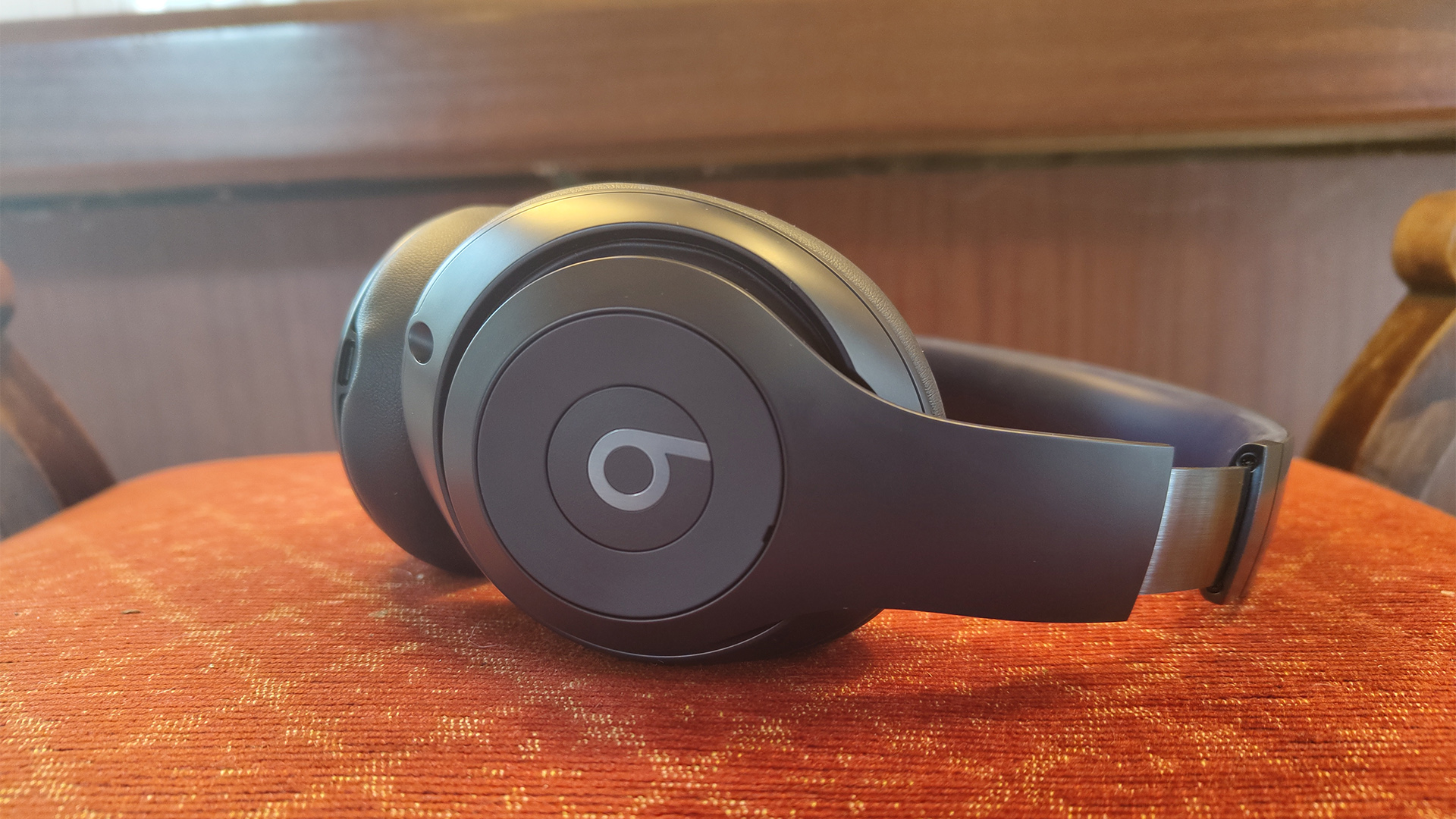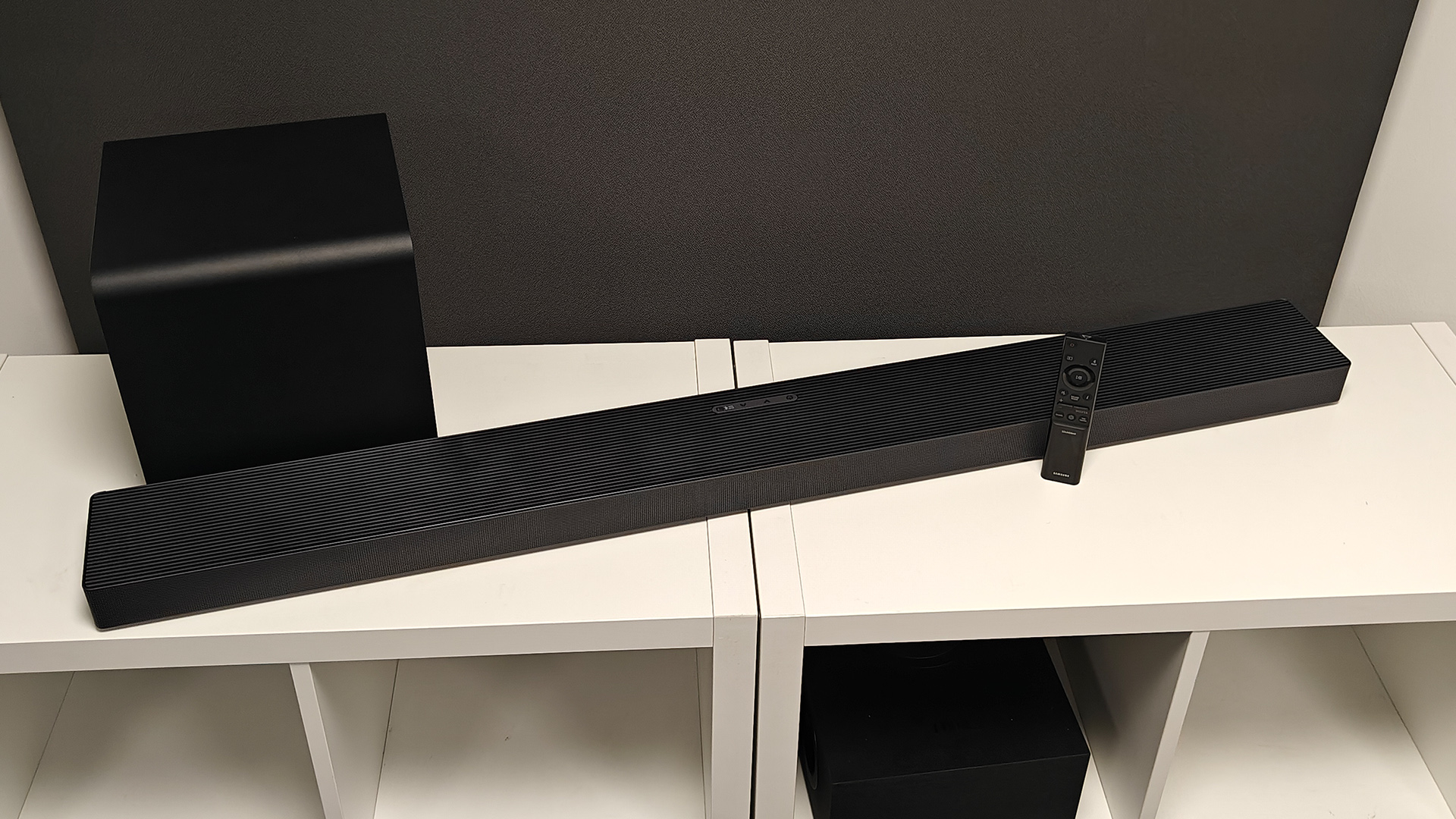Beats headphones are a shadow of their former selves – but it’s not too late to fix it
In order for Beats to have a future, it needs to look to the past

The new Studio Pro were supposed to be the cans that brought a little can-do back to the Beats brand, yet they left a lot to be desired when compared with the market’s bigger players. As we lamented in our recent Beats Studio Pro review, the famous headphone brand’s latest wireless over-ear cans aren’t bad exactly, rather they fail to stand out in any area of sonic performance that would likely induce anyone who cares about sound quality to buy them for the £350 / $350 asking price, that’s rather on the premium end. Detail, bass punch, dynamics, vocals, spaciousness – there’s nothing here that a pair of class-leading Sony WH-1000XM5 wireless headphones can’t give you in greater quantities and to higher standards.
This is the most disappointing aspect of the Studio Pro, in that the new cans’ sonic mediocrity seems to be wholly indicative of the rut in which the Beats brand now finds itself. The Pro have joined a number of Beats over-ears (and a few wireless earbuds) that talked a good game and were backed by a powerful brand legacy and a strong set of features, but ultimately failed to sonically deliver compared to their similarly priced peers. How, then, have we come to this state of affairs, and how does Beats rectify such a sorry situation?
A brief history of Beats – in the beginning…

When Beats exploded onto the scene in the mid-to-late 2000s, it changed wearable audio forever. Keen to start their own range of premium headphones that would (now somewhat ironically) provide an audio experience superior to that which most iPod users were getting from Apple’s cheap, bundled white earbuds, producer Jimmy Iovine and hip-hop legend Dr Dre teamed up with audio company Monster Cables to produce their first pair of premium over-ears.
The first Beats by Dr Dre Studio headphones cost an unprecedented $350 at that time, and in doing so smashed the ceiling on what was acceptable to charge for a pair of headphones. The market changed forever. Courtesy of the weight of Dre’s name and some aggressively youth-oriented marketing, the Beats brand exploded like a firework into the mainstream. And it went from strength to strength thanks to two main prongs of attack: a signature Beats look and a signature Beats sound, two things that seem to have faded as time wore on and new rivals weighed in.
Beats may have been characterised by a sonic flavour that many found unpalatable, particularly when it came to excessively excitable trebles and overly prevalent bass punch, but at least then the brand had an identity. Beats consistently delivered a signature sound profile that was beloved by those users who craved hefty, meaty bass over almost all other sonic concerns. For the few years that followed, rival companies threw their principles out of the window in an attempt to ape that same bass-heavy soundscape, yet nothing could stop the Beats train as it hurtled towards a pretty impressive market share.
That bass-heavy sound profile and celebrity-endorsed aura served Beats beautifully, and while one may quibble over the idea of headphones focusing on one aspect of the audio frequency at the expense of others, you could test a pair of Beats cans blindfolded and know their origins in an instant. The Beats brand was, rather appropriately, categorised by the three main ‘bs’: bass, branding, and the bloated price tags that went hand in hand with any technology or fashion offering a slice of street cred at that time.
Defining a sound

That isn’t to say, however, that we were immune to their charms here at What Hi-Fi?. We awarded 2010’s then-named Monster Beats HD a four-star review, calling them a “purposeful and uncompromising listen” and praising their “assertive, spacious and balanced sound”. The Monster Beats Pro also earned a four-star rating in part down to, you guessed it, that “astonishing bass”. Yes, we might have wanted more detail and transparency across the board in absolute terms, but those drawbacks essentially went with the Beats territory. Customers knew what they were getting, and they clearly loved it.
The latest hi-fi, home cinema and tech news, reviews, buying advice and deals, direct to your inbox.
That sound, for better or for worse, defined the company, and while complex legal wrangling involving a majority share buyback with Asian electronics manufacturer HTC may have seen Monster cast by the wayside, the core brand ploughed ahead unabated. When we reviewed the iBeats in 2011, there were similar reservations about the bass’s “chunky delivery” which could “get a touch domineering”, yet that four-star review attested to the buds’ overall decent quality. They were well-made, likeable and entertaining – all elements that, as we’ll get to shortly, feel lacking from many of the company’s recent releases.
Fast forward a year or so from the iBeats’ release and the story remained much the same. While the ratings rarely soared to scale the heights of a full five-star endorsement, the tale of Beats during the period before its sale to Apple in 2014 is one of consistency: big bass, celebrity endorsements aplenty, mass-market popularity and, consequently, sales that would break a hole in a cathedral’s roof. Hop onto the New York subway or London Underground in the late-2000s or 2010s and you’d only ever be a few metres from a pair of headphones with a large ‘b’ emblazoned on the earcup.
The current state of affairs – and how to fix the problems

Recent times, however, have seen Beats stray from the path that led it to such success. While the acquisition by Apple in 2014 will undoubtedly have had an impact, the recent middling performance of the Studio Pro feels more like a culmination of more deep-rooted technical issues. Multiple models have followed, and although many have pointed towards a brighter future, few have felt like true Beats headphones even to the extent that the bass reproduction of the 2019-released Powerbeats Pro "lacked punch”.
As we arrive at 2023’s Studio Pro, then, their sonic and aesthetic failures feel like a culmination of all these problems coming together in a single pair of cans, leaving us with a product that should have picked a lane but instead played it too safe in an attempt to rectify a myriad of differing issues. Fifteen years ago, the idea of a pair of Beats headphones having a sound profile that some might describe as boring would have been unthinkable, so it was such a letdown that this year’s over-ears felt bland, non-commital and dynamically removed from the music they were conveying. The Beats Studio Pro are lacking in any strong single sonic feature and, as a result, feel like a jack of all trades and a master of none.
As we lamented in our review, this is a pair of headphones that, especially when compared to more competent rivals, is “lacking in dynamism, energy and overall musical interest”. The Sony WH-1000XM5, for instance, are more sophisticated, nuanced and refined than the Studio Pro, but they're also “a fun, far more enjoyable ride”. Fun is the keyword here; Beats used to be fun. They don’t feel fun anymore.
The new Pro don’t even look or feel like a pair of Beats should, either. Iovine and Dre (or perhaps more likely their hard-working design and marketing teams) made a concerted and conscious effort to make the Beats feel like a premium product that could justify such a similarly premium price tag. When you saw Kobe Bryant, Eminem, Cristiano Ronaldo, Mario Balotelli or any of the countless athletes or musicians with a pair of those iconic cans strapped to their heads or slung around their necks, the glamour of the headphones conjured ideas that this was a fashion brand as much as an audio one. You saw them and you wanted them, regardless of sound quality or even price.
Now, though, that alluring sheen seems to have disappeared. Not only do Beats seem less prevalent in the fickle world of the celebrity sphere, but they’re also not particularly well-suited to the glamorous aesthetic of that affluent realm either. While clean and clinical in their design, the Studio Pro hardly set the world alight in the way that, visually and as a whole package, a pair of AirPods Max do. They are, to be frank, a little on the dull side.
The problems facing Beats can’t be boiled down to a simple good or bad dichotomy. Rather, the products currently hint at a brand in danger of losing its signature identity forever, culminating in a pair of headphones that feel sonically compromised across the board as opposed to confident in their own skin.
Beats may not have been to all tastes in the first place, and certainly could have improved in some key sonic areas, yet their products always gave you something other rivals couldn’t provide, be it booming bass or that je ne sais quoi design statement that spoke of a brand with its finger on the cultural pulse. It was popular and with good reason. If the Apple-owned brand wants to rediscover its mojo, it may be best to look to the past in order to navigate a tricky, uncertain future.
MORE:
Read our Beats Studio Pro review
These are the best wireless headphones you can buy

Harry McKerrell is a senior staff writer at What Hi-Fi?. During his time at the publication, he has written countless news stories alongside features, advice and reviews of products ranging from floorstanding speakers and music streamers to over-ear headphones, wireless earbuds and portable DACs. He has covered launches from hi-fi and consumer tech brands, and major industry events including IFA, High End Munich and, of course, the Bristol Hi-Fi Show. When not at work he can be found playing hockey, practising the piano or trying to pet strangers' dogs.
